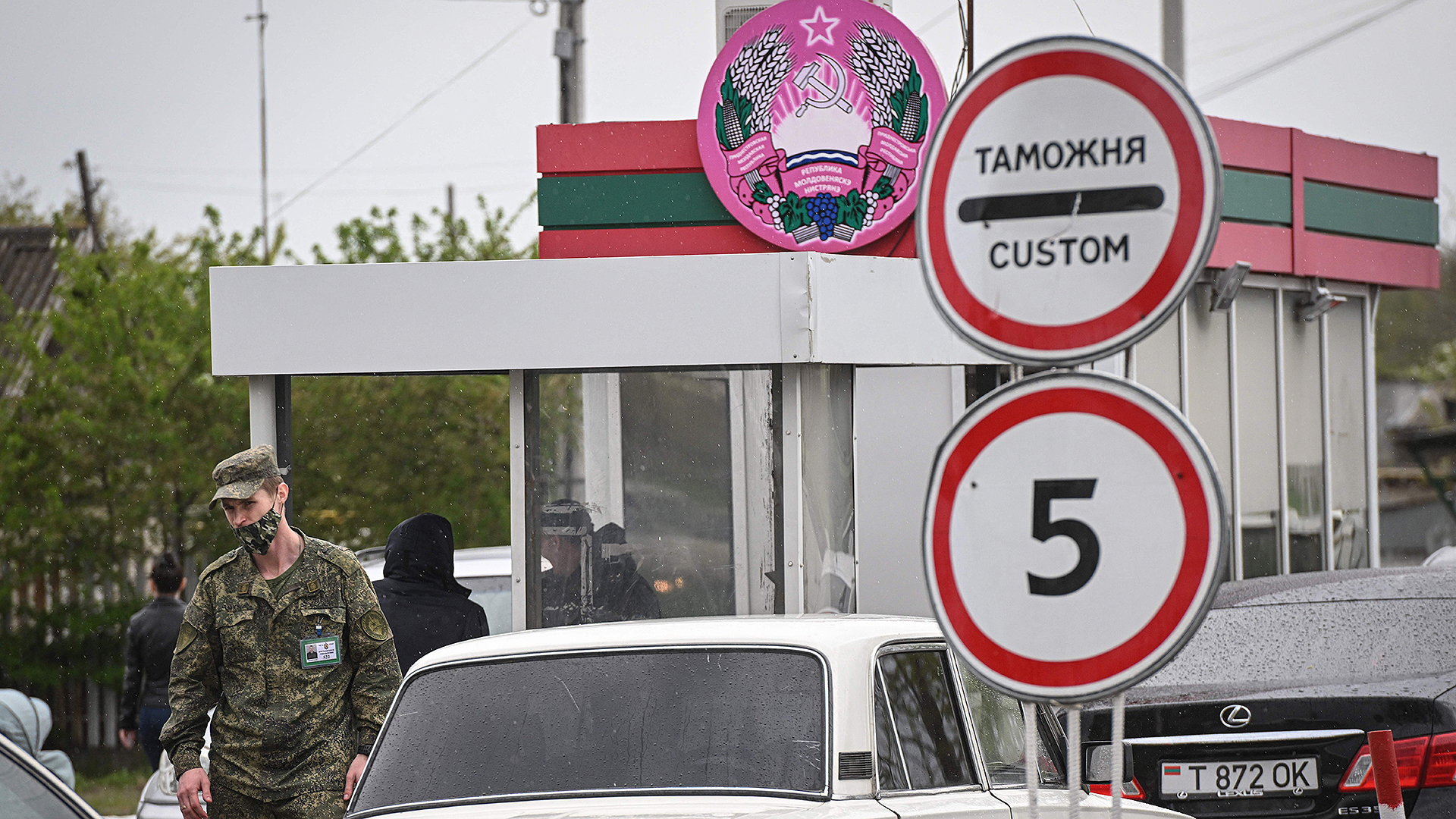With the full-scale Russian invasion of Ukraine now having passed its one-year anniversary, there are growing fears about tensions in Moldova — another former Soviet state, and neighbor of Ukraine — which finds itself trapped in a war of words between Moscow and Kyiv. Today, the Kremlin declared that it was worried about the situation in Transnistria, a separatist pro-Russian region of Moldova, sandwiched between Romania and Ukraine. Russia is increasingly pushing the narrative that Ukraine is poised to make a military move against the region, without any evidence to back those claims.
Transnistria — also known as Trans-Dniester — is located between the Dniester river and the Ukrainian border and broke away from Moldova in 1990. Ever since, its de-facto government has been at loggerheads with Moldova, which has meanwhile moved increasingly into a pro-Western orbit. Few members of the international community recognize Transnistria’s self-declared statehood, although it receives economic and military support from Moscow, including around 1,500 Russian soldiers stationed on Transnistrian soil.
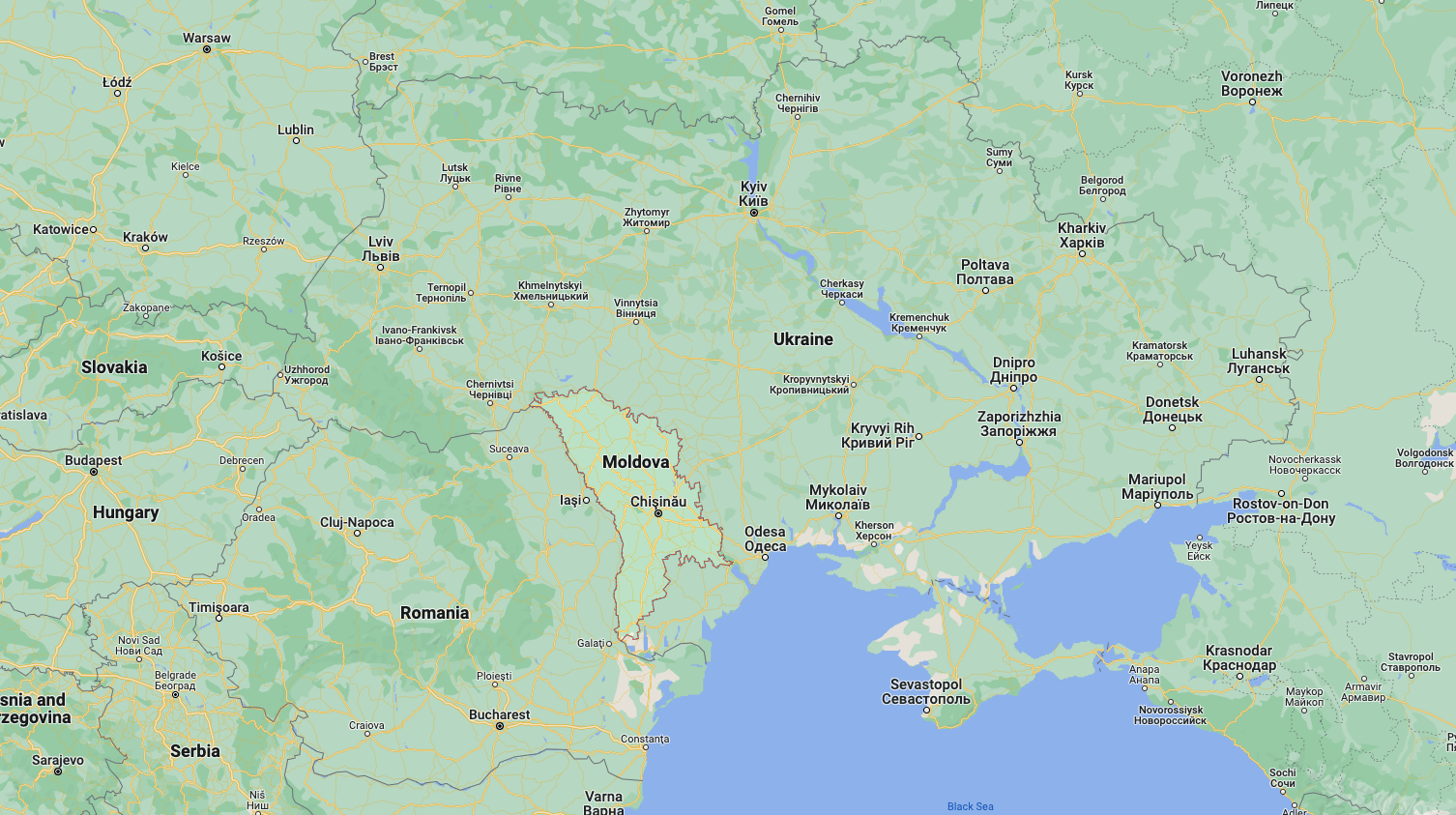
The Kremlin now accuses Ukraine and its European allies of stirring up the situation in Transnistria. This follows rhetoric from Moscow last week in which it stated that any attack on Russian “peacekeeping” troops in Transnistria would be considered an attack on Russia itself.
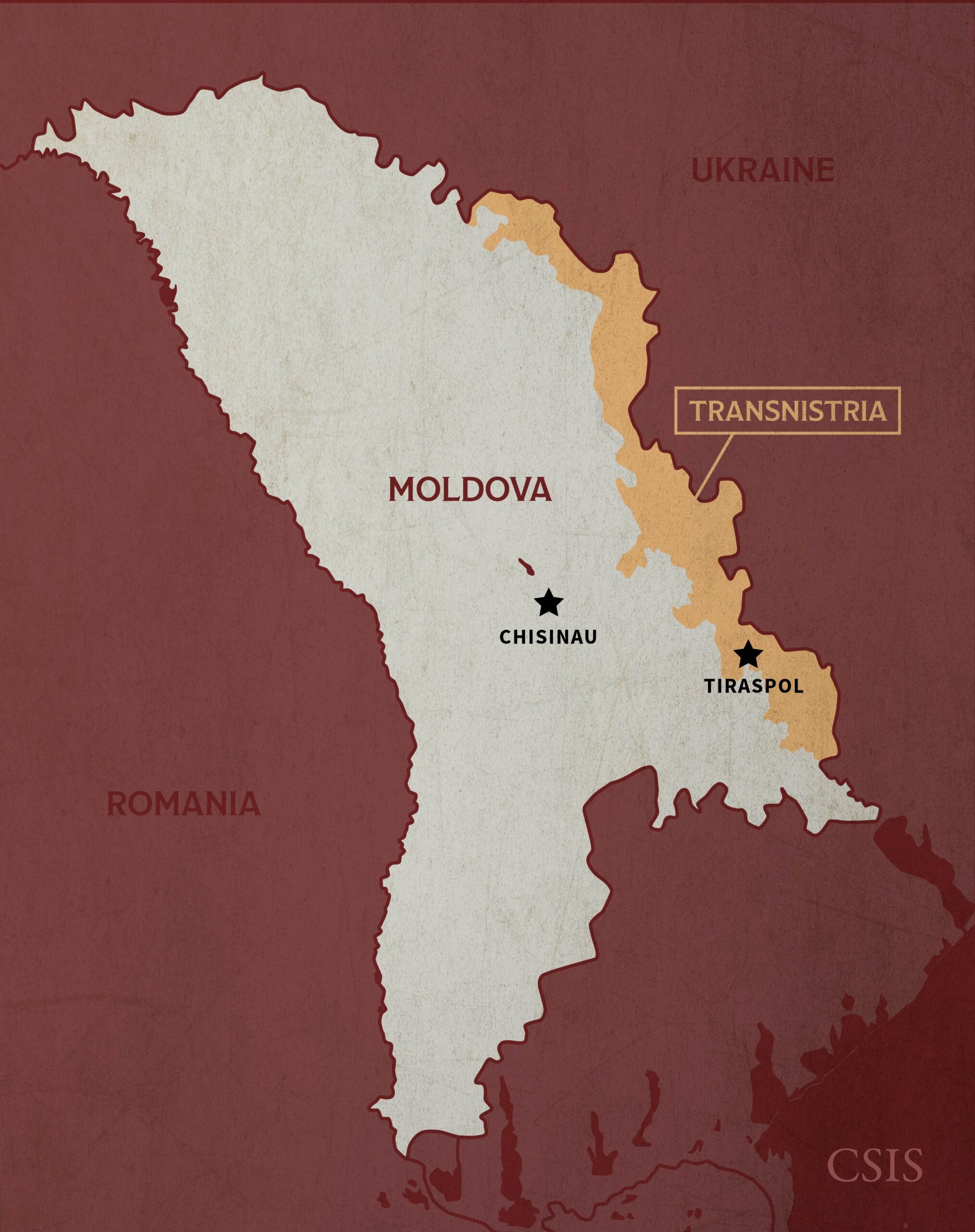
“Naturally, the situation in Transnistria is the subject of our closest attention and a reason for our concern,” Kremlin spokesperson Dmitry Peskov said, according to Reuters. “The situation is unsettled, it is being provoked, provoked from outside.
“We know that our opponents in the Ukrainian regime, the Kyiv regime, as well as those in European countries, are capable of various types of provocation,” Peskov added, suggesting that Ukraine has plans to intervene in Transnistria, but without providing any actual evidence.
Within Transnistria, the self-styled president of the region, Vadim Krasnoselsky, has admitted the situation on the ground is tense but called for calm.
Ukrainian President Volodymyr Zelensky has meanwhile rejected any suggestion that he has designs on Transnistria, a position echoed by Moldovan officials.
For its part, Moldova is equally worried about Russia’s ambitions for the republic, with the country’s pro-European president, Maia Sandu, earlier this month accusing Moscow of plotting a coup against her government.
President Sandu accused Moscow of a previous attempt to take control of her country’s government, last fall. On that occasion, she said, the local security forces prevented a Russian attempt to seize control of the country, in which pro-Moscow factions were using protests about rising energy prices to bring down the government.
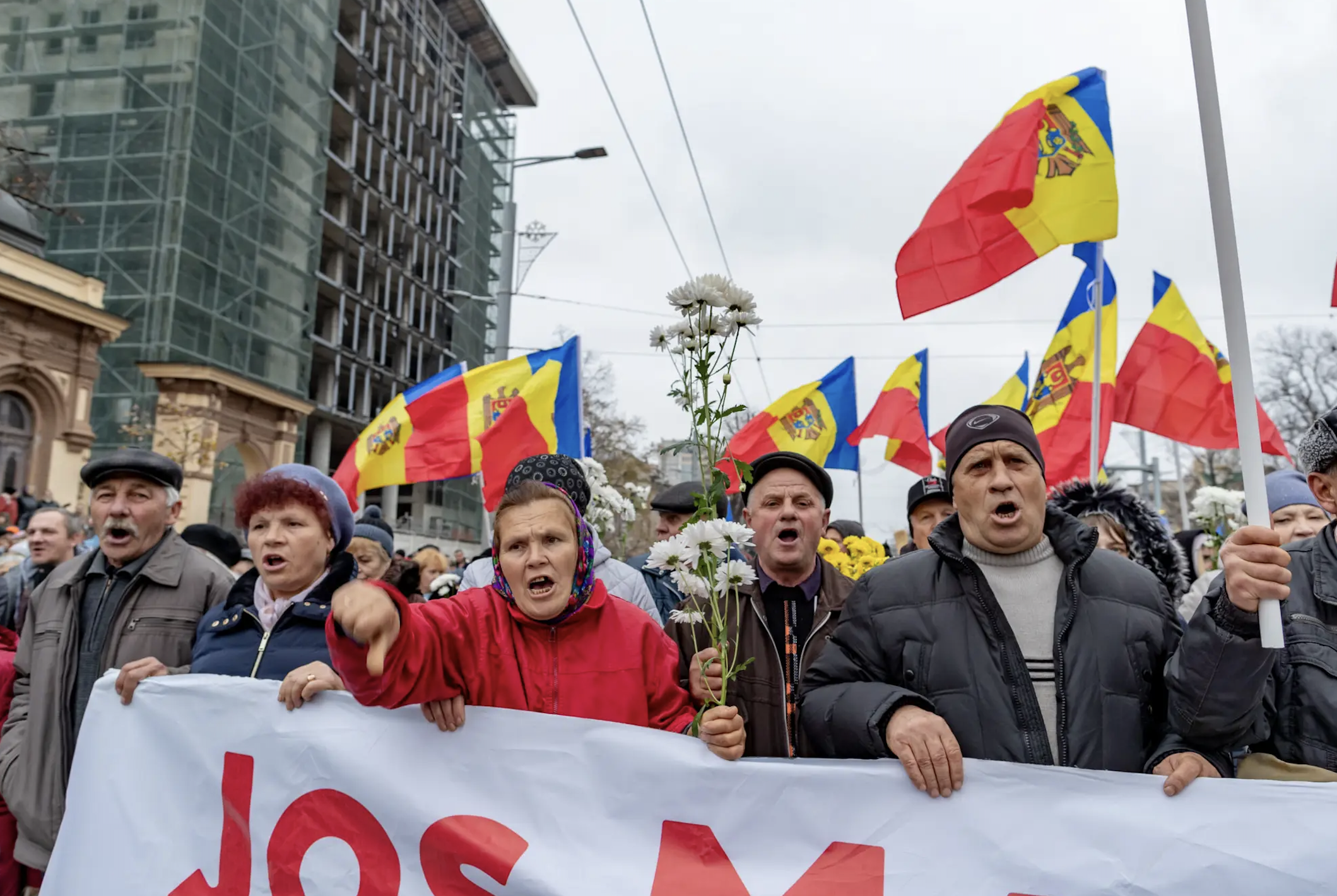
Whatever the case, the situation is clearly tense and worth watching in the days and weeks to come.
Before we head into the latest news from Ukraine, The War Zone readers can get caught up on our previous rolling coverage here.
The Latest
Russia and Ukraine have responded to a peace plan drafted by China, which aims to bring the conflict in Ukraine to a close.
Kremlin spokesperson Dmitry Peskov said that Russia was paying “a great deal of attention” to the Chinese peace plan, and that it would look at it in depth.
“Of course, the details need to be painstakingly analyzed taking into account the interests of all the different sides,” Peskov said. “This is a very long and intense process.” At the same time, he noted that he didn’t see the likelihood of an immediate peaceful resolution and that Moscow had no plans to end its invasion of Ukraine, which the Kremlin continues to describe as a “special military operation.”
The peace plan, which Beijing released on Friday, outlines 12 points, including peace talks between the two parties, avoidance of nuclear escalation, and an end to attacks on civilian targets.
Ukrainian President Volodymyr Zelensky offered a cautious welcome to Beijing’s peace plan, with the proviso that he would only agree to such a plan if it stipulated that all Russian troops be withdrawn from Ukrainian territory — this includes the Crimean peninsula, which Russia annexed in 2014.
In general, Western leaders have been less than enthusiastic about the Chinese peace plan. “China doesn’t have much credibility because they have not been able to condemn the illegal invasion of Ukraine,” NATO Secretary General Jens Stoltenberg told reporters last Friday.
U.S. President Joe Biden was also unconvinced by the Chinese proposal, telling ABC News recently: “I’ve seen nothing [that] would indicate there’s something that would be beneficial to anyone other than Russia. The idea that China is gonna be negotiating the outcome of a war that’s a totally unjust war for Ukraine is just not rational.”
China’s role in the conflict, more generally, is under scrutiny at the moment.
In particular, Beijing has slammed the United States for introducing sanctions on Chinese companies as it seeks to target the Wagner Group, a Russian private mercenary company. In this case, the sanctions were imposed on the Chinese company Changsha Tianyi Space Science and Technology Research Institute, or Spacety China, which is said to have provided satellite imagery to the Wagner Group, supporting its operations in Ukraine.
Chinese Foreign Ministry spokesperson Mao Ning said that the sanctions “have no basis in international law or authorization from the Security Council, and are typical illegal unilateral sanctions and long-arm jurisdiction.”
Mao further claimed that the sanctions amounted to “outright bullying and double standards” and noted they were “seriously harming China’s interests.”
Mao continued: “While the U.S. has intensified its efforts to send weapons to one of the parties to the conflict, resulting in an endless war, it has frequently spread false information about China’s supply of weapons to Russia, taking the opportunity to sanction Chinese companies for no reason.”
More generally, there is an increasing body of evidence suggesting that China is poised to deliver arms to Russia for use in Ukraine.
CIA Director William Burns told CBS that Washington is “confident” that China is considering providing lethal equipment to support Russia in Ukraine. “We also don’t see that a final decision has been made yet,” Burns added, “and we don’t see evidence of actual shipments of lethal equipment.”
Should China decide to send weapons to Russia, there would be consequences over and above the aforementioned sanctions.
Talking to CNN, the White House’s National Security Adviser, Jake Sullivan warned: “Beijing will have to make its own decisions about how it proceeds, whether it provides military assistance, but if it goes down that road, it will come at real costs to China.”
Speaking of the Wagner Group, there is currently disagreement about the progress its mercenary and prisoner-conscript soldiers have made in recent days in the fiercely contested Bakhmut area, in eastern Ukraine. Wagner’s claims that it has captured Yahidne, a village on Bakhmut’s northern outskirts, have been disputed by the Ukrainian Armed Forces. Despite heavy shelling, Ukraine says that Yahidne, as well as the nearby village of Berkhivka, have seen “unsuccessful” Russian offensives.
The fallout from Ukraine’s apparent wave of attacks on Russian objectives in occupied Crimea now appears to include the detention of suspects that are claimed to have provided targeting information.
Two videos from a Ukrainian perspective show the intensity of the fighting currently taking place in Bakhmut. The first video reportedly shows soldiers from the Ukrainian 93rd Mechanized Brigade destroying a Russian BMP-2 infantry fighting vehicle with an RGW90 MATADOR disposable anti-armor weapon.


According to Russia’s state-owned TASS news agency, Russian security services say they have detained two individuals in the Crimean port city of Sevastopol, who they have accused of working on behalf of Ukrainian intelligence.
The Russian security services claim that the two suspects were recruited by Kyiv to provide the locations of undisclosed Russian military facilities in Crimea, in exchange for money. The information provided is said to have had the potential to “damage the country’s defense capability.”
The same TASS report says that the two have been charged with treason, for which they could serve up to 20 years in prison.
You can read our coverage of the most recent wave of attacks on Crimea here. On this occasion, the Sevastopol occupation governor claimed that the Russian Black Sea Fleet and local air defenses shot down two Ukrainian drones close to Sevastopol, with several more UAVs shot down elsewhere in Crimea.
High-profile legal proceedings have also been underway in Ukraine, where two captured Russian soldiers were sent to prison for their part in the shelling of residential areas in eastern Ukraine. According to the Security Service of Ukraine, or SBU, the two unnamed soldiers “took an active part in the storming of Ukrainian cities on the eastern front,” before being captured last year.
One of the Russian soldiers was sentenced to 10 years in prison by a Ukrainian court, and the other got nine years.
Interestingly, the SBU said that one of the Russian soldiers had been fighting in Ukraine since 2014, taking up arms with pro-Russian separatists fighting the Ukrainian military in the Donbas region. As of last year, the same soldier was fighting with a regular Russian Army unit in the Bakhmut area.
The other soldier had commanded Russian troops that were involved in putting artillery fire onto the eastern cities of Sievierodonetsk and Lysychansk in eastern Ukraine, according to the SBU.
Meanwhile, Russian artillery remains as busy as ever on the eastern front, with Luhansk province still very much at the epicenter of the Kremlin’s offensive.
Serhiy Haidai, the regional governor of Luhansk, provided details of the Russian assaults in the province, which are being spearheaded by artillery and infantry. In particular, the areas of Bilohorivka, Svatove-Kupiansk, and Kreminna are coming under heavy assault, Haidai said.
“There is no fleeing, our units do not leave territory,” Haidai told Ukrainian state television, according to Reuters. “Moreover, there is success in certain sectors. They are advancing, they can de-occupy areas. Of course, everything can change at any moment.”
Haidai continued: “On the other hand, Western offensive heavy equipment is on the way and therefore in any week the military command can conduct an operation following the same plan as they did in the Kharkiv region.”
That Western offensive heavy equipment will not include U.S.-provided M1A1 Abrams main battle tanks — at least, not any time soon, according to White House National Security Adviser, Jake Sullivan. He said that the U.S. offer of these tanks was made as a means of ensuring that Germany would approve the transfer of Leopard 2 main battle tanks, both from its own stocks and those of third-party operators. The saga of the tank deliveries is something that you can catch up on in our previous coverage. Sullivan also confirmed that the first Abrams tanks would not arrive in Ukraine until next year.
Meanwhile, pledges to supply further Leopard 2s continue, with Poland recently confirming it will add another 10, on top of the 14 it is already providing, plus another 60 of the older PT-91 and T-72 tanks. Four Polish Leopard 2s recently became the first examples of the tank to arrive in Ukraine, as you can read about here.
Russia has also continued its drone attacks on Ukrainian objectives, with the latest wave of strikes arriving overnight.
According to the Ukrainian Armed Forces, 14 drones were launched, of which 11 were shot down, nine of which were destroyed in and around Kyiv, local officials said. One other drone is said to have been shot down in the northern city of Chernihiv.
AFP reports that two people were killed in the latest Russian drone strikes.
“Unfortunately, we have another hospital death,” said Oleksandr Symchyshyn, the mayor of Khmelnytskyi, according to AFP. “Doctors failed to save the life of another hero, a rescuer.” The other fatality was reportedly another member of the Ukrainian emergency services. At least another four people were injured in Khmelnytskyi.
Air raid alerts began to sound across the Kyiv region late Sunday night. Although the capital faced the worst of the drone strikes, local officials said that there were no casualties there and that no critical infrastructure had been damaged. The head of Kyiv’s military administration, Sergiy Popko, said that the Russian tactics were intended “to exhaust our air defenses,” with two waves of drone strikes being launched.
One apparent Russian unmanned aerial vehicle ended up far from its intended target recently when the wreckage of what appears to be the wing of an Iranian-made Shahed-type ‘kamikaze’ drone was discovered after being washed up on the shore of the Black Sea in Bulgaria:
Ukraine continues to strike back, too, with the M142 High Mobility Artillery Rocket Systems, or HIMARS, still very much in the center of the action, as seen in the video, which emerged recently. As you can see, HIMARS can ‘shoot and scoot’ quickly, making targeting it for reprisal strikes very challenging.
While we are still waiting for confirmation of the claims from Belarusian anti-war partisans that they severely damaged a Russian A-50 Mainstay radar plane at an airbase at Machulishchy, Belarus, yesterday, some further details have been provided by the partisan organization, BYPOL.
In a statement, BYPOL leader Aliaksandr Azarau said that the claimed drone strike was the “most successful diversion” since the beginning of the war.
“One of the nine AWACS of the Russian Aerospace Forces worth $330 million [was destroyed],” said a statement attributed to BYPOL.
AWACS stands for Airborne Warning And Control System, the U.S. equivalent of the A-50 airborne early warning and control (AEW&C) platform.
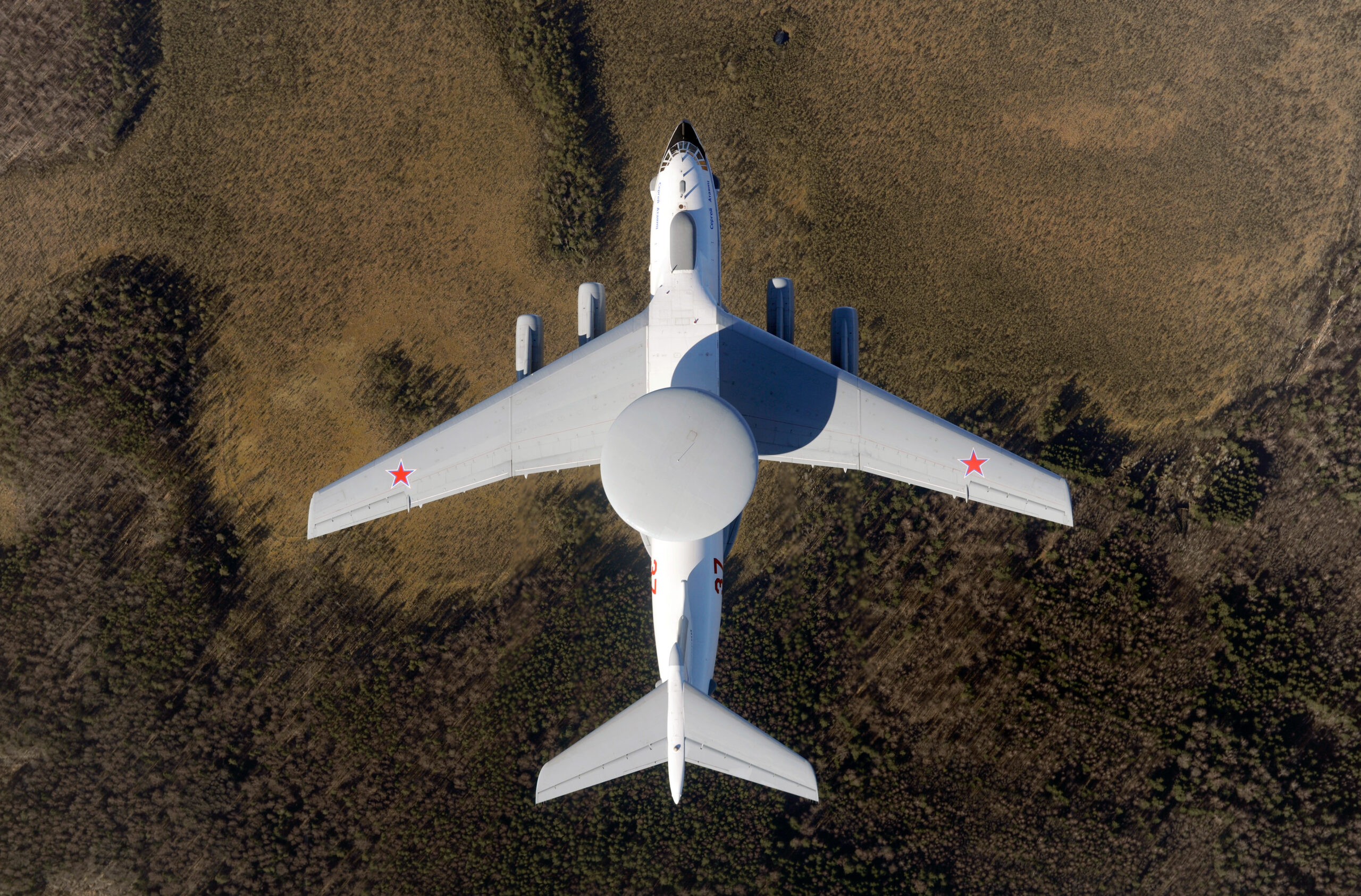
Azarau said that the claimed drone strike was the work of Belarusians. “[They have attained] ‘Victory’ and are now safely outside the country,” he added. “Everyone has escaped.”
Meanwhile, Franak Viacorka, an advisor to the prominent Belarusian opposition figure Sviatlana Tsikhanouskaya, tweeted that “Partisans … confirmed a successful special operation to blow up a rare Russian plane at the airfield in Machulishchy near Minsk.”
You can read our original, updated report of the incident here.
In its latest publicly released intelligence report, the U.K.’s Ministry of Defense has claimed that “Russia will likely be concerned that unexplained explosions are occurring” in and around the Russian-occupied city of Mariupol, a location “at least 80km [50 miles] away from the frontline … [which] it had probably previously assessed as beyond the range of routine Ukrainian strike capabilities.”
We have looked at this development in depth before, amid questions about whether Ukraine could be using a new type of munition, either provided by allies like the United States or one that is domestically produced.
According to the same source, pro-Russian officials have reported at least 14 explosions around Mariupol since February 21, 2023. Targets have included an ammunition dump at the airport, two fuel depots, and a steelworks that Russia uses as a military base.
And to close, further evidence that the Russian invasion of Ukraine continues to throw up the kinds of bizarre news stories that would have been almost unimaginable just over a year ago. Russian President Vladimir Putin has awarded American actor Steven Seagal an Order of Friendship medal for his work supporting the nation, which has included fulsome praise for Putin as well as speaking out in favor of Russian military operations in Ukraine. Seagal, who the Kremlin has described as the Special Representative of the Russian Foreign Ministry for Russian-American humanitarian relations, was given the medal for his “great contribution to the development of international cultural and humanitarian cooperation.”
A plot twist too far, even for the kinds of direct-to-video productions with which Seagal is so well associated.
Contact the author: thomas@thedrive.com
